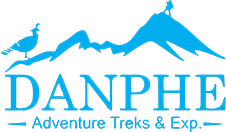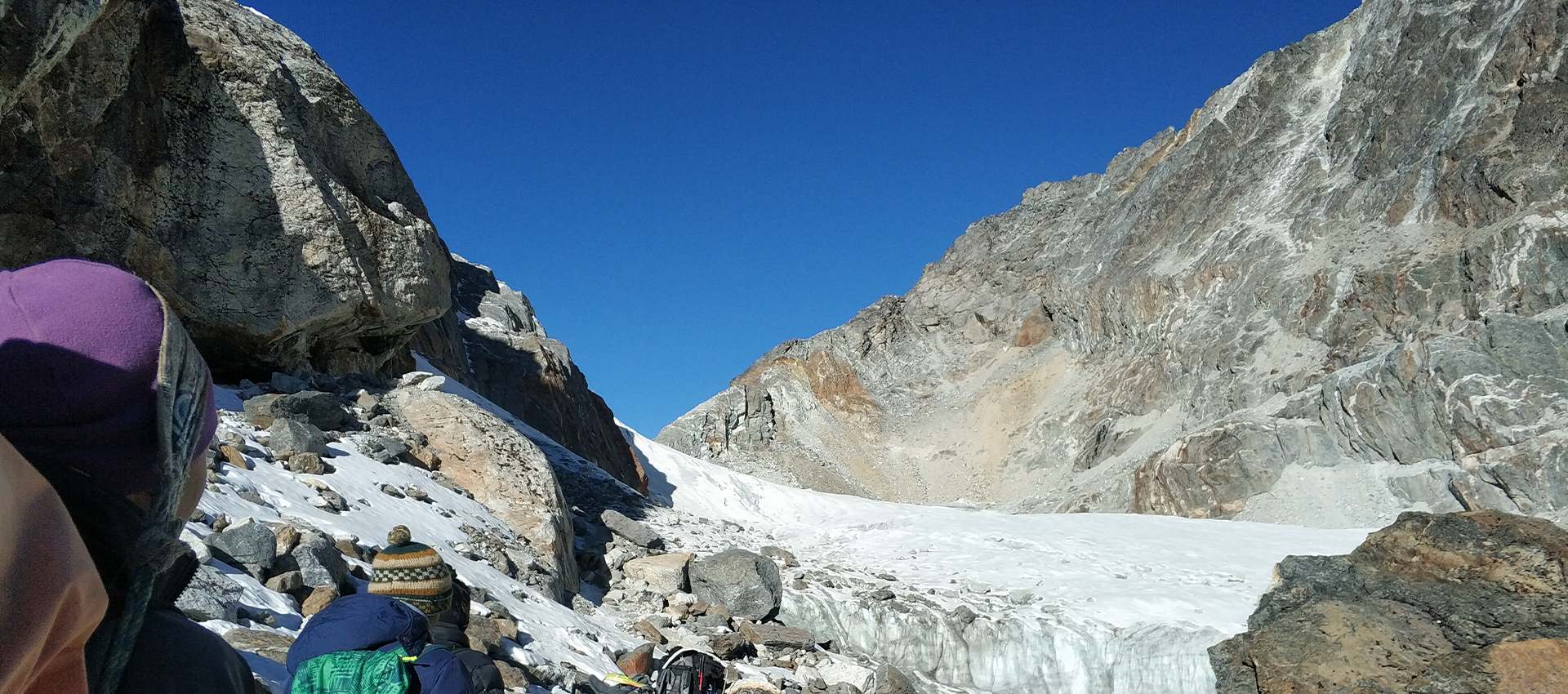Everest Three Passes Trek
There lies more to the majesty of Nepal than the Himalayas; the challenging trails and the cultural aroma on the travel make up for a grand adventure. The Everest Base Camp with Three passes trek focuses on the three snowy passes, namely: Kongma La (5535m), Renjo La (5360m), and Cho La (5420m). Marvel at the sight of gigantic ice blocks like Ama Dablam (6856m), Lhotse (8414m), and the Mt. Everest (8848m) along with the never-ending blue horizon and find true adventure in the Everest Basecamp with 3 Passes Trek.
With the excursion of the cultural sites of the Kathmandu valley UNESCO World Heritage Sites, then we head to Lukla on a short flight. Upon arrival, we’ll begin the trek to Phakding. As we battle the green and icy terrain, we arrive at the huge Sherpa settlement of Namche Bazaar. From Namche, we will head to the Tengboche Monastery at the Tengboche village. Walking on the trail of the Imja River leads us to Dingboche, and further leads to Chhukung. As we walk on the glacier moraines of the Nuptse glacier, we head to the Kongma La Pass (5535m). We are rewarded with a beautiful display of mountain ranges as we conquer the pass. Then, we head to the Everest Base Camp via Gorakshep and observe the awesome sunrise and sunset from Kalapatthar.
Afterward, we descend towards Dzongla and pave the way towards the Gokyo lakes. We cross the Chorten filled Cho La Pass (5420m) and walk on the Ngozumpa glacier to reach the Gokyo lakes. A short hike to Gokyo Ri (5360m) will rejuvenate us and we cross the Dudh Pokhari to reach the Renjo La Pass (5360m). We head to Lumde and as we cross the Bhote Koshi River, we again arrive at Namche Bazaar. Walking through the lush forests leads us to Lukla and a scenic flight takes us to Kathmandu where the trip shall end.
The Everest Base Camp with Three passes trek requires expert guidance, so choose Danphe Adventure Treks in doing so. Our seasoned guides know each corner of the Khumbu region and will guide you through the landscape and simultaneously teach you about the culture there as well.
Trip Highlights
- Cross the three of the highest passes in the Everest region: Kongma La (5535m), Renjo La (5360m), and Cho La (5420m).
- Visit the Everest Base Camp (5364m) and revel in the sights of the Everest vistas, Khumbu Icefall, and Glacier.
- Witness awe-inspiring sunrise at Kalapatthar over mountains like the Mt. Everest (8848m) and others.
- Enjoy the ravishing Sherpa culture and lifestyle
Trip Itinerary
-
Day 01: Arrive in Kathmandu (1300m) and Welcome Dinner
-
Day 02: Kathmandu Sightseeing, and preparation for the trek
-
Day 03: Fly from Kathmandu to Lukla (40 minutes) (2850m) and trek to Phakding (2600m) 3 hrs.
-
Day 04: Trek from Phakding to Namche (3440m) 6 hrs
-
Day 05: Rest/Acclimatization in Namche 3 hrs.
-
Day 06: Trek from Namche to Tengboche (3860m) 5 hrs.
-
Day 07: Trek from Tengboche to Dingboche (4410m) 6 hrs.
-
Day 08: Trek from Dingboche to Chhukung (4730m) 2 hrs.
-
Day 09: Trek from Chhukung to Lobuche (4940m) via Kongma La Pass (5535m) 8 hrs
-
Day 10: Trek from Lobuche to Everest base camp (5364m) via Gorakshep. Stay overnight in Gorakshep (5170m) 8 hrs
-
Day 11: Morning hike from Gorakshep to Kalapatthar (5545m) 3 hrs and trek to Dzongla (4860m) 5 hrs.
-
Day 12: Trek from Dzongla to Gokyo Lakes (4790m) via Cho La Pass (5420m) 8 hrs.
-
Day 13: Rest day in Gokyo and hike up to Gokyo Ri (5360m)
-
Day 14: Trek from Gokyo to Lumde (4368m) via Renjo La Pass (5360m) 7 hrs.
-
Day 15: Trek from Lumde to Namche (3440m) 6 hrs.
-
Day 16: Trek from Namche to Lukla (2840m) 6 hrs.
-
Day 17: Take a flight from Lukla to Kathmandu | 1300m
-
Day 18: Spare Day (In case of Bad weather) and Farewell dinner
-
Day 19: Departure
Trip Map
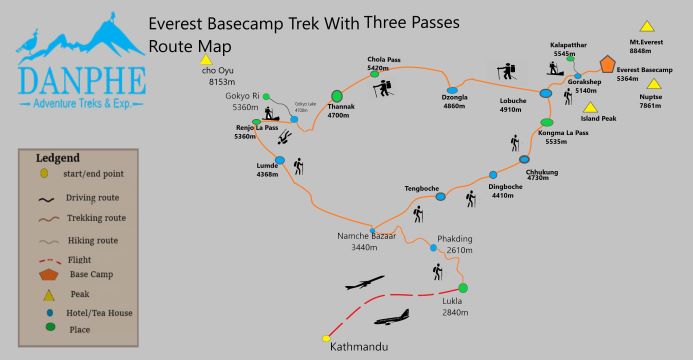
What's Included
- Airport Pickups and drops in a private vehicle.
- Hotel in Kathmandu and with breakfast as per the Itinerary.
- Cultural tour at Kathmandu with Guide in private vehicle.
- All meals (Breakfast, Lunch, and Dinner) during the trek.
- All Ground and Air Transportation during the Trek.
- An experienced, English speaking, and friendly guide and Porter (1 Porter 2 trekkers).
- Salary for the staff including their food, drinks, accommodation, and transportation.
- All necessary paper works, Conservation entry permits, and TIMS card.
- An arrangement for emergency helicopter service which will be paid by your travel insurance.
- Sleeping bag, down jacket and trekking map, if necessary,( to be returned after the trek)
- All government taxes, vat, and local taxes.
- Nepal entry visa fee. (You may easily issue the visa upon your arrival at Tribhuwan international airport (Kathmandu). You will require 2 passport size photos & 25 USD.
- International airfare.
- Your travel insurance (compulsory).
- Meals in Kathmandu
- Entry fees for cultural tours.
- Personal expenses (alcoholic, non-alcoholic drinks bar bills, battery charge, extra porter, boiled water shower, etc.).
- Tips for guide, porter and driver
Equipment List
List of Equipments required for Everest Three Passes Trek:
Head
- One Warm winter hat/beanie
- One Sun hat
- 1 Headband/buff
- 1 Sunglasses with UV protection
- One Headlamp/ Torch with extra batteries
Upper Body
- Two pairs of Fleece sweaters- one light and one heavier
- Two pairs of quick-drying long-sleeved base layer shirts
- Three pairs of Short sleeve trekking shirts
- One pair of Wind/rainproof Jacket v 1 Down Jacket
Lower Body
- One pair of trekking shorts
- A pair of trekking trousers
- One pair of lightweight thermal bottoms (seasonal)
- Two pairs of trekking pants with Ziff off bottoms
- One pair of fleece or woolen trousers
- One pair of waterproof pants, breathable fabric
Hands
- One pair of lightweight warm gloves
- A pair of poly-liner glove
Feet
- One pair of trekking boots
- A pair of sandals/ trainers (for wearing around the lodges)
- One pair of down booties (great for keeping feet warm)
- Two pair of thin lightweight inner socks
- Two pair of warm woolen or poly socks
- Gaiters (only in winter)
Other
- One Sleeping Bag
- 12 1 Sleeping bag liner (optional)
- 1 pair of trekking poles
- Water purification tablets/Steripen/Drops
- 1 quick drying towel
FAQs
-
What are the visa requirements?
-
What are the physical requirements for Everest Basecamp with 3 Passes Trek?
-
How old do I need to be?
-
What is included?
-
What is the situation with the internal flight while going Everest Basecamp?
-
Can I use a helicopter if I need to?
-
What is the accommodation like?
-
Which meals are included?
-
What currency should I take?
-
Is there any bank or ATM facility during Everest Basecamp Trek with 3 Passes?
-
What kind of problems can arise at a higher altitude during Everest Basecamp with 3 Passes Trek?
-
Do I need insurance before the Everest Basecamp with 3 Passes Trek?
-
What should I pack?
-
What is the best time of year for Everest Basecamp with 3 Passes Trek?
Gallery

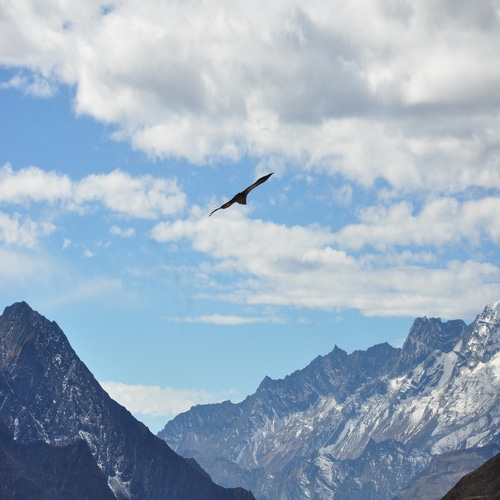
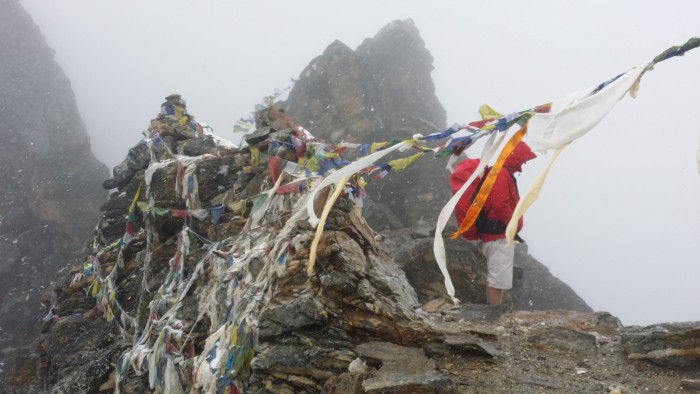
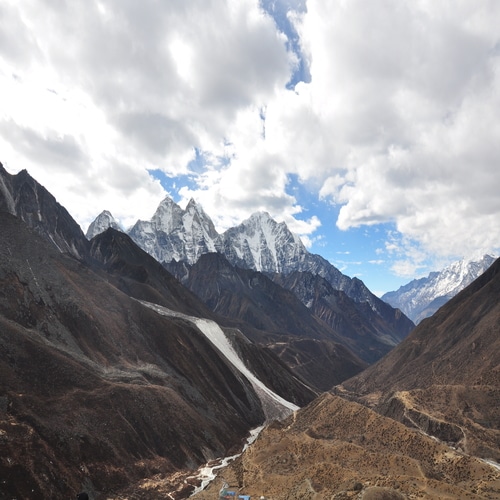
*All Inclusive Price*
$1850 USD
- Prompt Online Booking
- Well Arranged Itenary
- Group Discount Available
- Privacy Protected
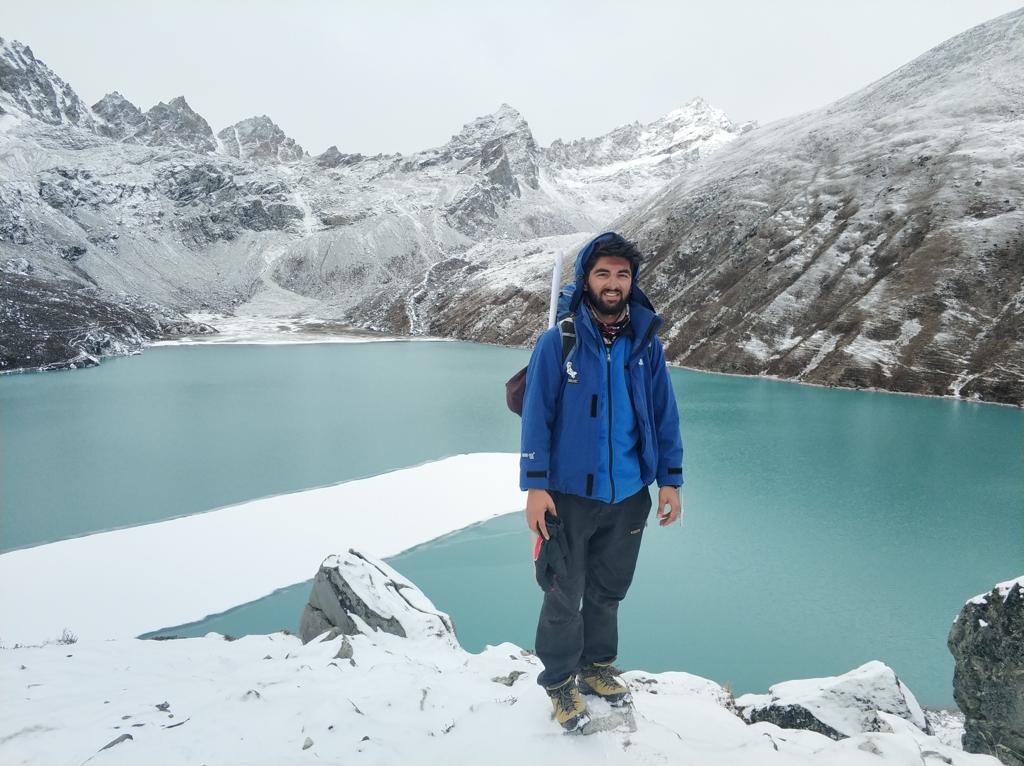
Any Question? Feel free to call our travel experts.
+977 9851203504
